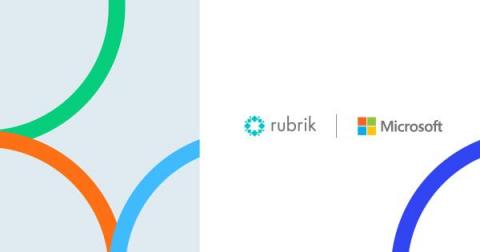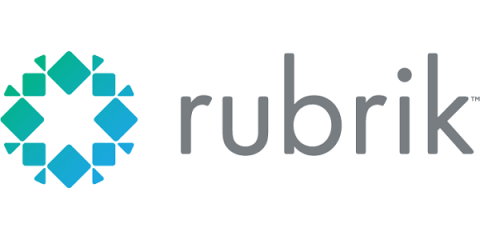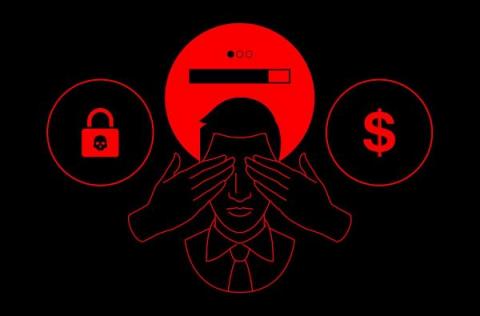Rubrik + Microsoft Sentinel: Get a head start in the race against ransomware
According to Statistica, the average response time to a ransomware attack is 20 days. 20 days where your customers can’t order your product, 20 days where your end-users are unable to access important information - 20 days of incurred downtime for your organization resulting in massive profit losses and reputation damage. I think it goes without saying, time is of the essence during a ransomware attack.










